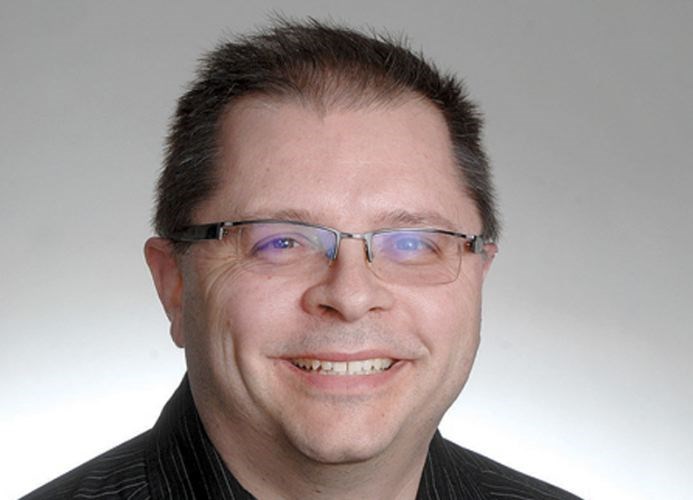Racialization doesn't mean the same thing as racist, despite what Stewart Phillip, Grand Chief of the Union of B.C. Indian Chiefs, may think.
Phillip and others have blasted RCMP commissioner Bob Paulson for stating in a letter that 70 per cent of murdered aboriginal women were killed by aboriginal men. "Racialized reporting," Phillip called it.
The problem is racialized reporting happens all of the time in all circumstances for plenty of good reasons. From research into certain medical conditions that only strike members of a particular race to understanding Canada's racial makeup through the federal census, measuring by race across population can yield many important statistics. If racialized measurements of school-aged children weren't taken, we wouldn't know how bad the high school graduation rate for First Nations children in B.C. has been or how impressive recent improvements have been.
What Phillip is most angry about isn't the racialized reporting but the result. To say that 70 per cent of murdered aboriginal women were killed by indigenous men points to two uncomfortable conclusions. First, it puts addressing the problem of murdered aboriginal women right back into the hands of First Nations. Second, it confirms that Canada's native population is no different from any other racial group in that the most likely murderer of any woman is a man she knows or is related to.
Phillip and others want a national inquiry into missing and murdered aboriginal women because it will be a brightly lit stage to lay blame for all of the problems of Canada's First Nations onto the RCMP and the federal government. An inquiry will further deflect conversation away from tackling aboriginal issues in their entirety, of which missing and murdered women is part of a broader, even more tragic picture that includes substance abuse, sexual abuse, poverty and disease, along with a lack of education, health care, property ownership and political power.
Everyone knows addressing these issues - alone or as a group - requires First Nations to lead, with support from government, schools, health agencies, police and the courts. To lead, however, requires Phillip and other aboriginal leaders to admit the painful truth that much of the suffering brought on native women and children has come at the hands of native men.
As the results from the Cedar Project (another exercise in racialization, this time looking at aboriginal victimization) show, historical trauma certainly plays a major factor. A woman whose parent attended residential school was two-and-a-half times more likely to be sexually assaulted and 10 times more likely to be assaulted if she was sexually abused in childhood. Residential schools and other forms of institutional racism, past and present, are at fault, sewing the seeds for violence and abuse to continue across generations, perpetuated by former victims who are now the victimizers.
There is much healing work that needs to be done and a great deal of it needs to occur within families of aboriginal communities. Before that healing can occur, however, abusers need to be stopped and victims need to be protected. There are already signs of First Nations taking the lead.
The Misipawistik First Nation is now one of two Manitoba First Nations that has adopted a child-welfare policy where parents, not children, will be taken out of troubled homes. Instead of automatically pulling children out of the home and placing them in foster care, child care workers will now have the authority, on a case-by-case basis, to order the parents to pack their bags while leaving the children in the comfort of their home with respite care. This puts the onus on the adults to not only find their own lodging but take control of their lives and stop their harmful behaviour, with support from various aid agencies.
This is the kind of innovative thinking that can help end the cycle of abuse and violence.
Another innovative response is the call for a regional crisis response headquarters based in Prince George for aboriginal children, a suggestion many of the participants in the Cedar Project support. The headquarters would bring all parties together at the table to find holistic solutions for both children and their families. Instead of having fingers of blame pointed their way, the RCMP and the federal government would have a seat at the table and would be asked what their contribution can be for each child and each family in crisis.
Racialized study has helped identify the problems and racialized focus will help address these difficult, painful problems in Canada's aboriginal community, to the benefit of all Canadians.



